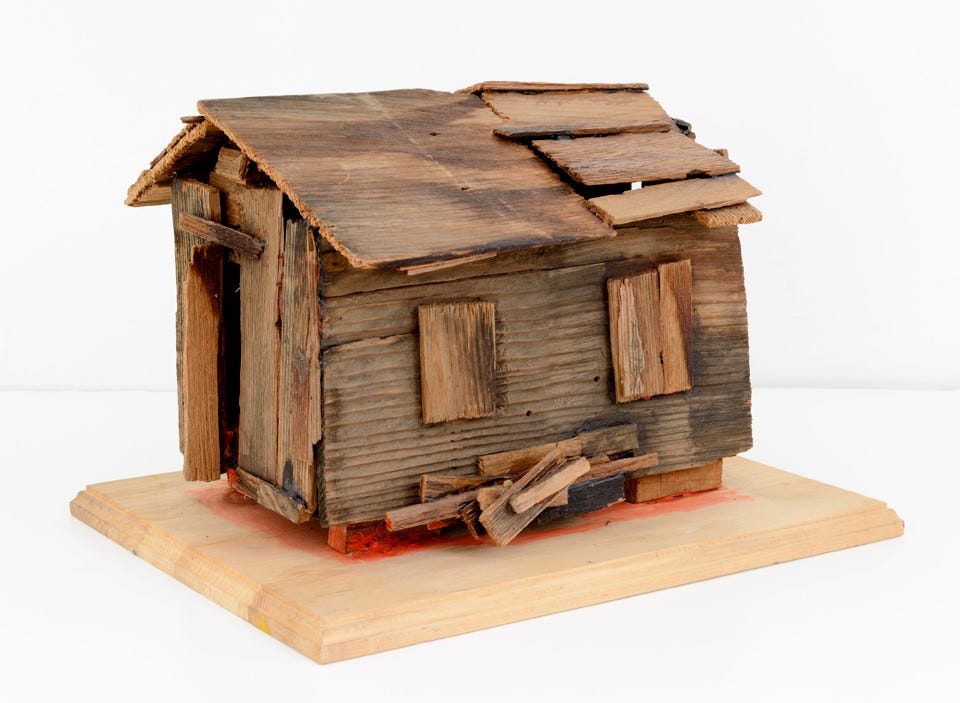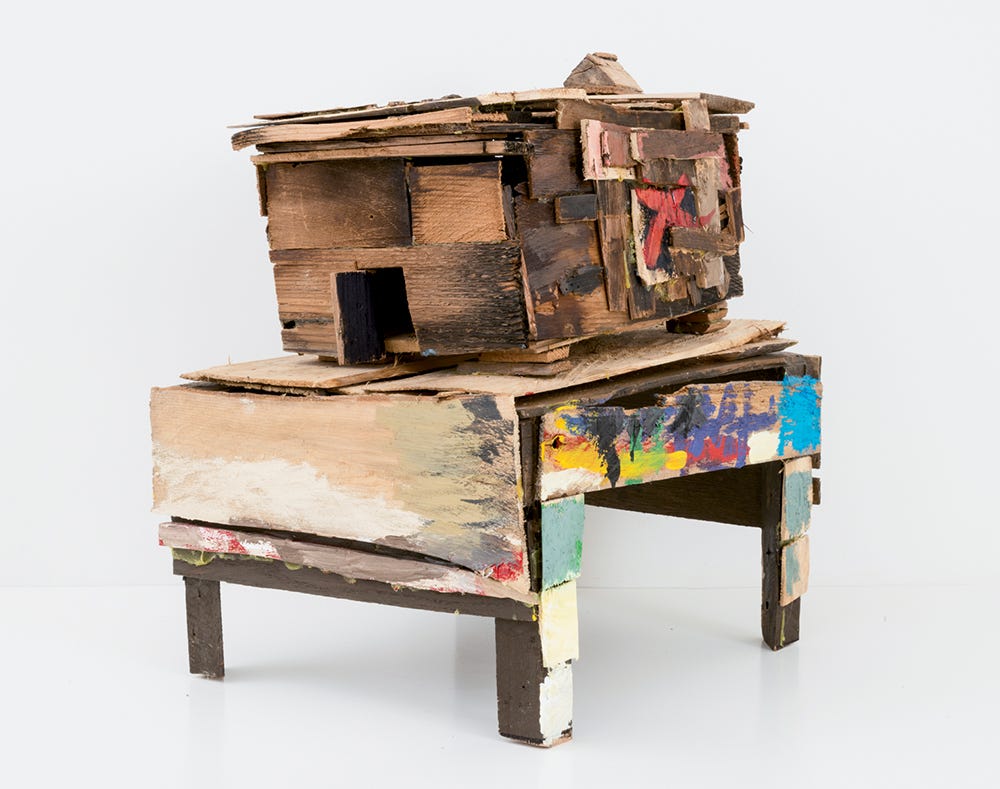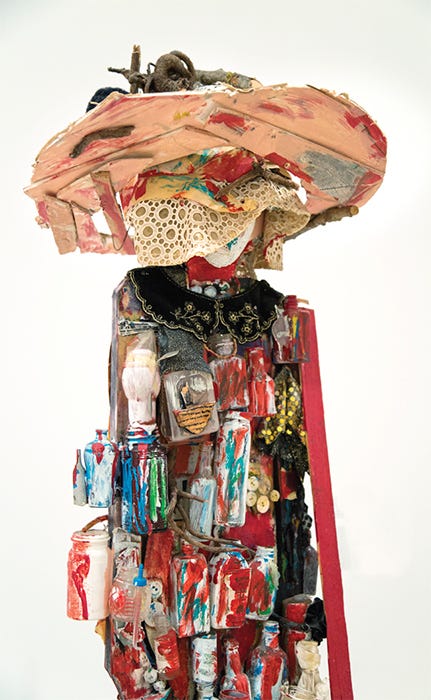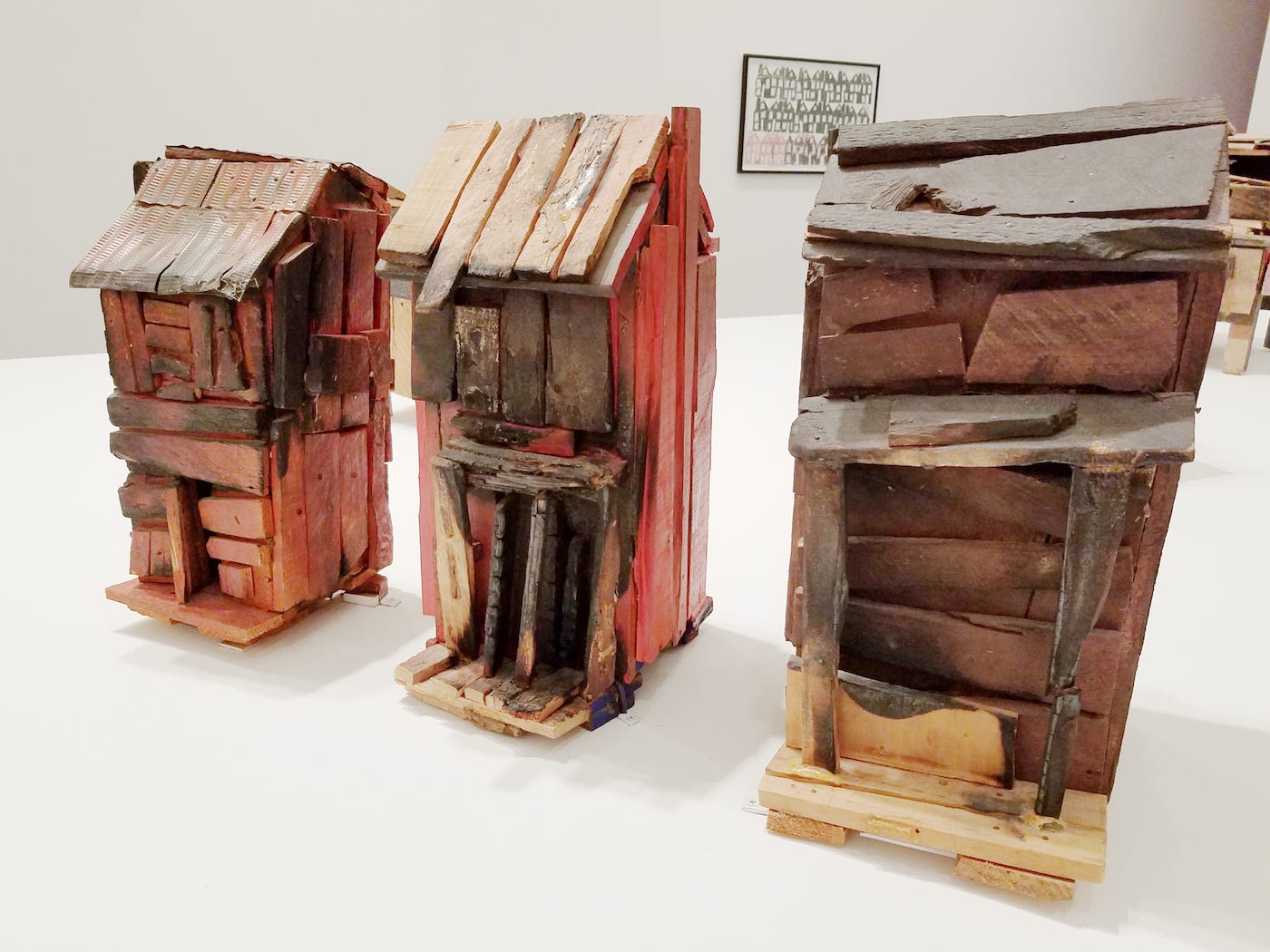Beverly Buchanan (1940–2015) was a pioneering American sculptor whose work powerfully conveyed the lived realities and memories of Southern African American communities. By transforming humble, vernacular materials into evocative forms, Buchanan challenged dominant narratives about history, race, and place. Her work, now housed in institutions such as the Smithsonian American Art Museum and the National Museum of Women in the Arts, continues to influence conversations about identity and social justice in American art.
Born in 1940 in Fuquay-Varina, North Carolina, Buchanan’s early years were deeply influenced by the segregated South; a setting that would later imbue her sculptures with poignant cultural and historical resonances. According to the Smithsonian American Art Museum, her formative experiences in a region marked by both beauty and profound social inequity inspired her lifelong exploration of memory and identity ("Beverly Buchanan (American, 1940–2015)"). While detailed biographical accounts of her early training are limited, it is clear that Buchanan’s later studies and artistic development were rooted in a commitment to questioning the narratives of exclusion and neglect that have long characterized the Southern experience.

Buchanan’s sculptural practice is characterized by its meditative engagement with themes of decay, memory, and resilience. Utilizing materials such as wood, clay, and metal, she constructed intimate representations of Southern dwellings and landscapes; often rendered in series that evoke the ephemeral nature of everyday structures. The National Museum of Women in the Arts notes that Buchanan’s work reclaims the neglected histories of African American communities by memorializing “spaces of loss and endurance” in the South ("Beverly Buchanan").

Her well-known series, often referred to in exhibition texts as exploring “shacks and ruins”, serves as a visual metaphor for the social and economic forces that have shaped, and often scarred, Southern African American life. These works do not romanticize the past; instead, they confront viewers with the stark realities of abandonment and decay while also celebrating the resilience inherent in cultural memory. Buchanan’s precise craftsmanship and sensitive materiality invite a reflective, prolonged engagement, challenging audiences to reconsider how history is both preserved and forgotten.
Buchanan’s influence extended beyond the confines of the studio. Her work was prominently featured in public exhibitions and has become a fixture in museum collections that chronicle African American art and women’s contributions to contemporary culture. In addition to her permanent holdings at the Smithsonian American Art Museum and the National Museum of Women in the Arts, archival material from the Smithsonian’s Archives of American Art provides valuable insight into her process and philosophy. These oral histories and collected documents underscore her commitment to using art as a means of cultural dialogue and social critique (Archives of American Art, Smithsonian Institution).

Moreover, her participation in major exhibitions helped to foreground narratives of Southern memory and identity at a time when such voices were frequently marginalized. In 2015, The New York Times published an obituary that recognized Buchanan not only as an innovative sculptor but also as an educator and activist whose work resonated far beyond the art world. Her legacy continues to inspire new generations of artists and scholars who seek to understand how material culture can serve as a repository for collective memory and resistance (New York Times).

Beverly Buchanan’s career stands as a testament to the transformative power of art in articulating and preserving the complexities of Southern African American experience. Through her sensitive use of materials and her unflinching exploration of themes such as memory, decay, and resilience, Buchanan redefined the boundaries of sculpture. Her work, verified and celebrated by institutions like the Smithsonian American Art Museum, the National Museum of Women in the Arts, and the Smithsonian Archives of American Art, remains a vital touchstone in discussions about cultural identity and social justice. As scholars and artists continue to engage with her legacy, Buchanan’s contributions ensure that the often-overlooked histories of marginalized communities will not be forgotten.
References:
Archives of American Art, Smithsonian Institution. Oral History Interview with Beverly Buchanan. Smithsonian Institution, https://www.aaa.si.edu/collections/interviews. Accessed 7 Jan. 2025.
National Museum of Women in the Arts. Beverly Buchanan. National Museum of Women in the Arts, https://nmwa.org/collection/artist/beverly-buchanan. Accessed 7 Jan. 2025.
Smithsonian American Art Museum. “Beverly Buchanan (American, 1940–2015).” Smithsonian American Art Museum, https://americanart.si.edu/artist/beverly-buchanan-2668. Accessed 7 Jan. 2025.
The New York Times. Beverly Buchanan, Sculptor of Southern Memory, Dies at 75. The New York Times, 2015. https://www.nytimes.com/2015/[date-of-publication]. Accessed 7 Jan. 2025.




You walk with this one as you watch her mind work through these sketches of life, as if staged sets to inhabit. As if costume were environment. As if no time has passed at all. Her work brings the conflict inherent in the Old South to the Here and Now. Her wounds are our wounds. And they are as fresh as ever.